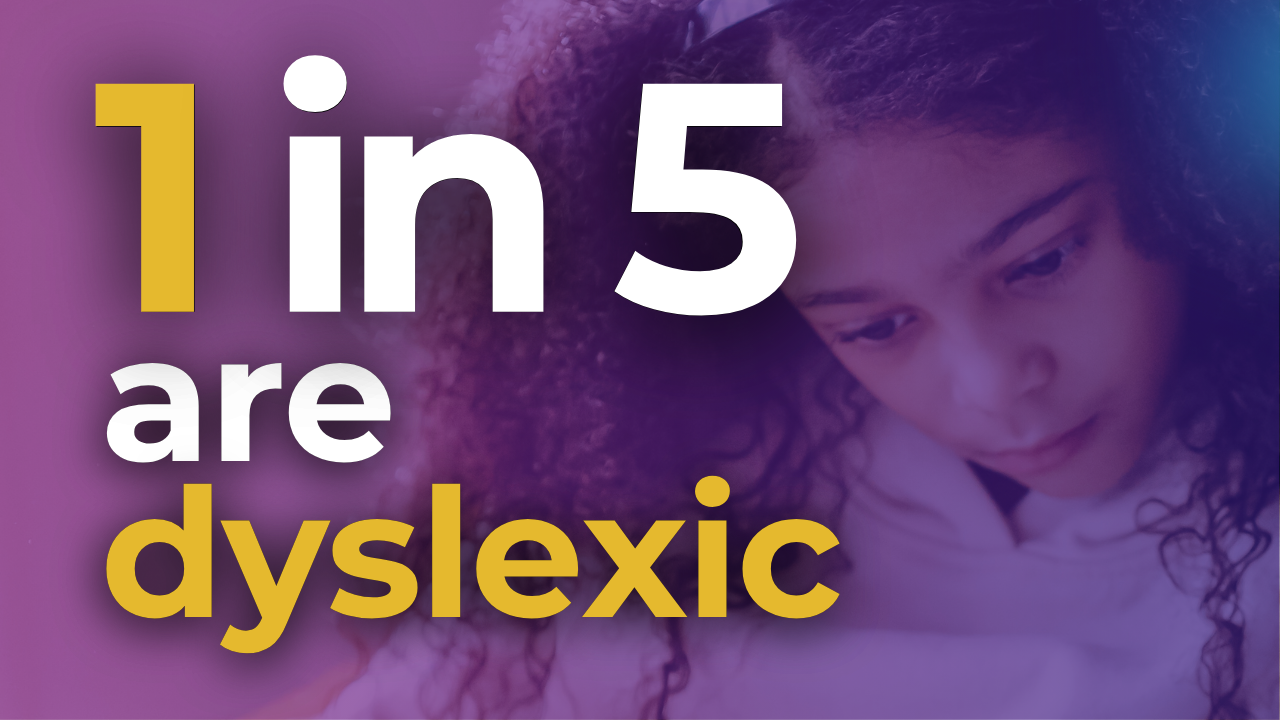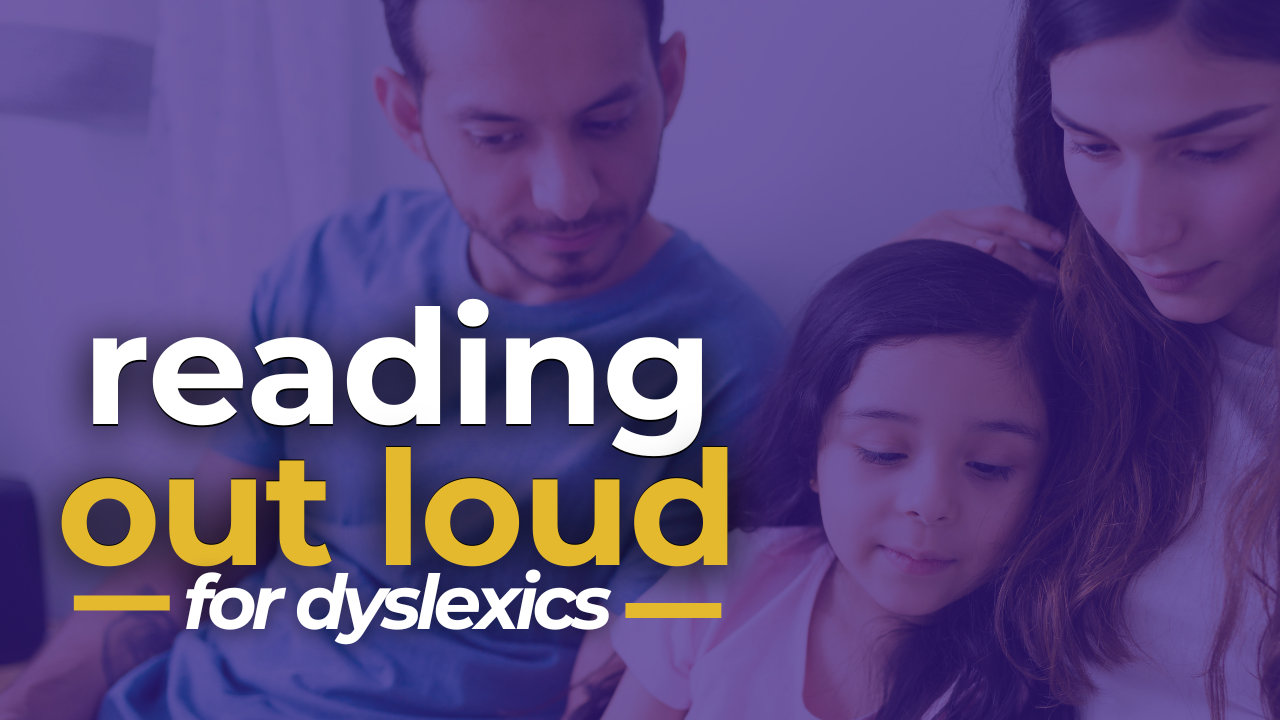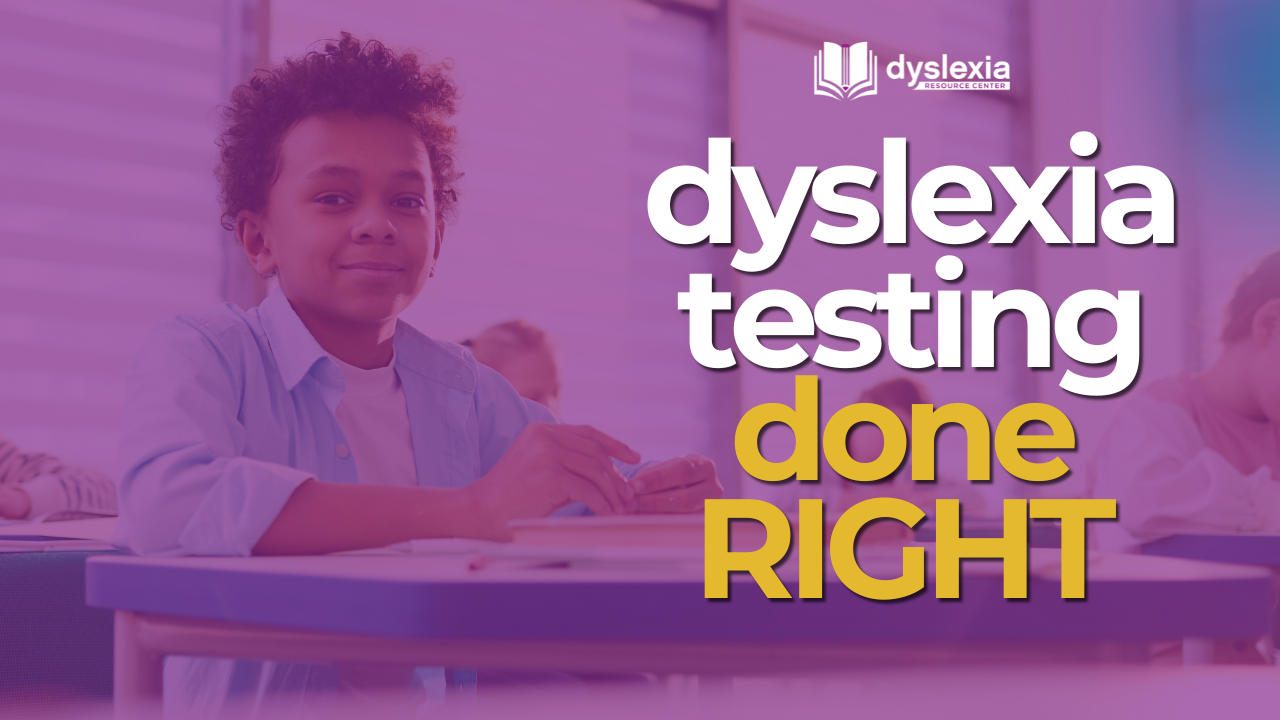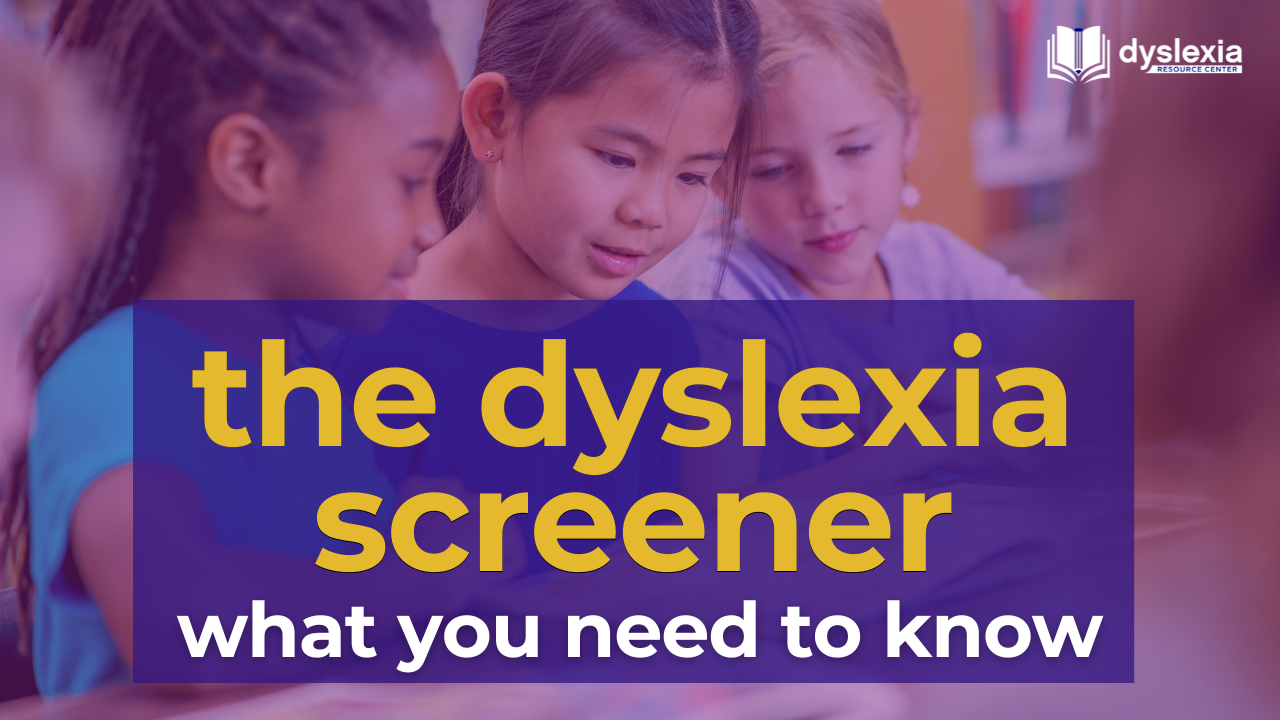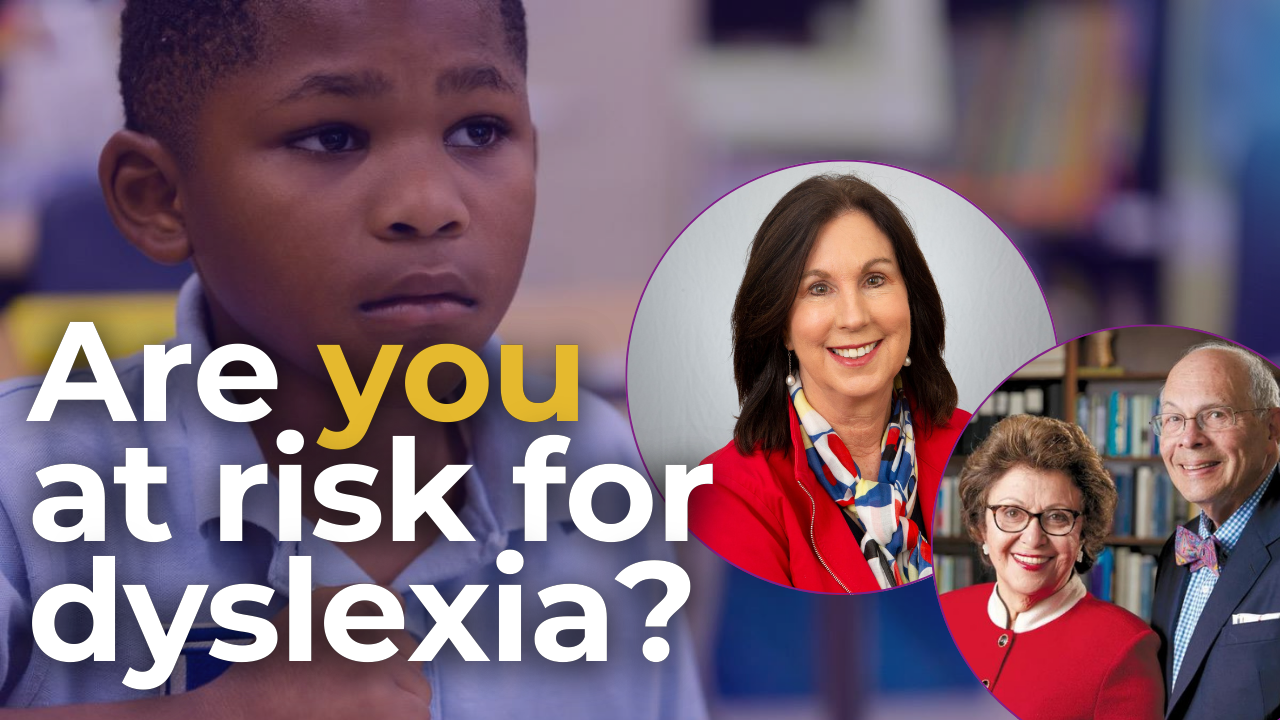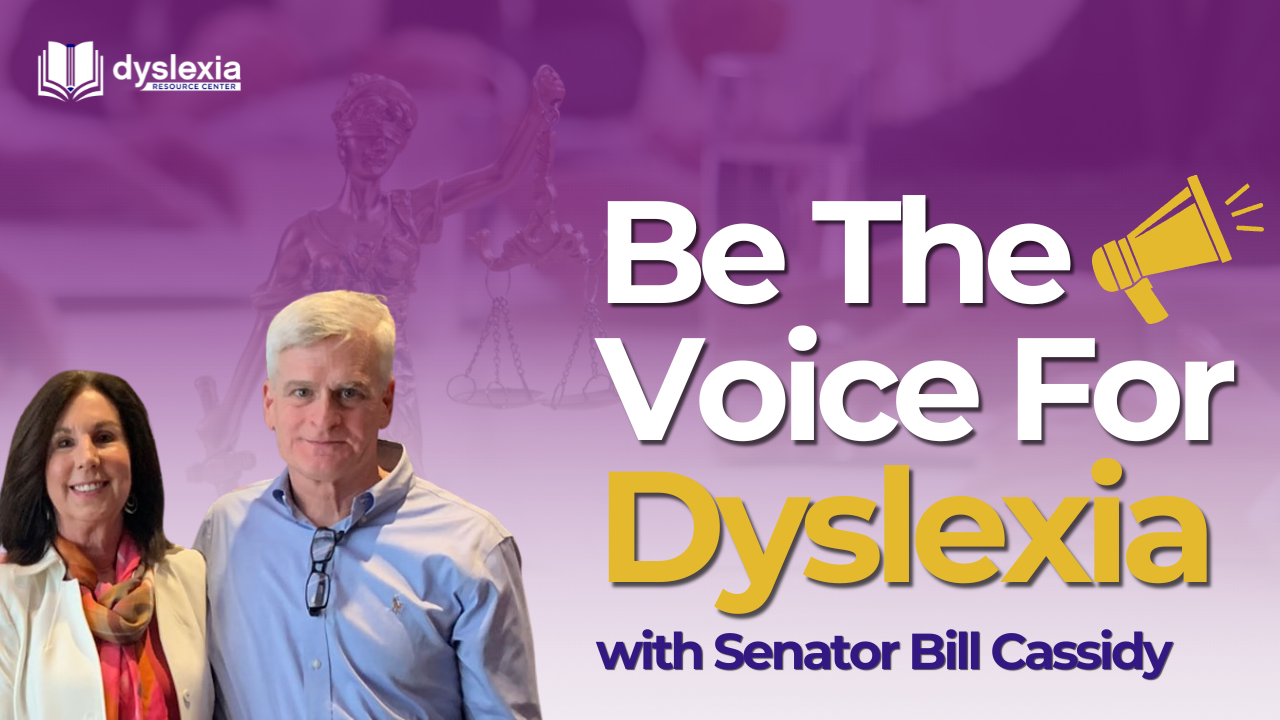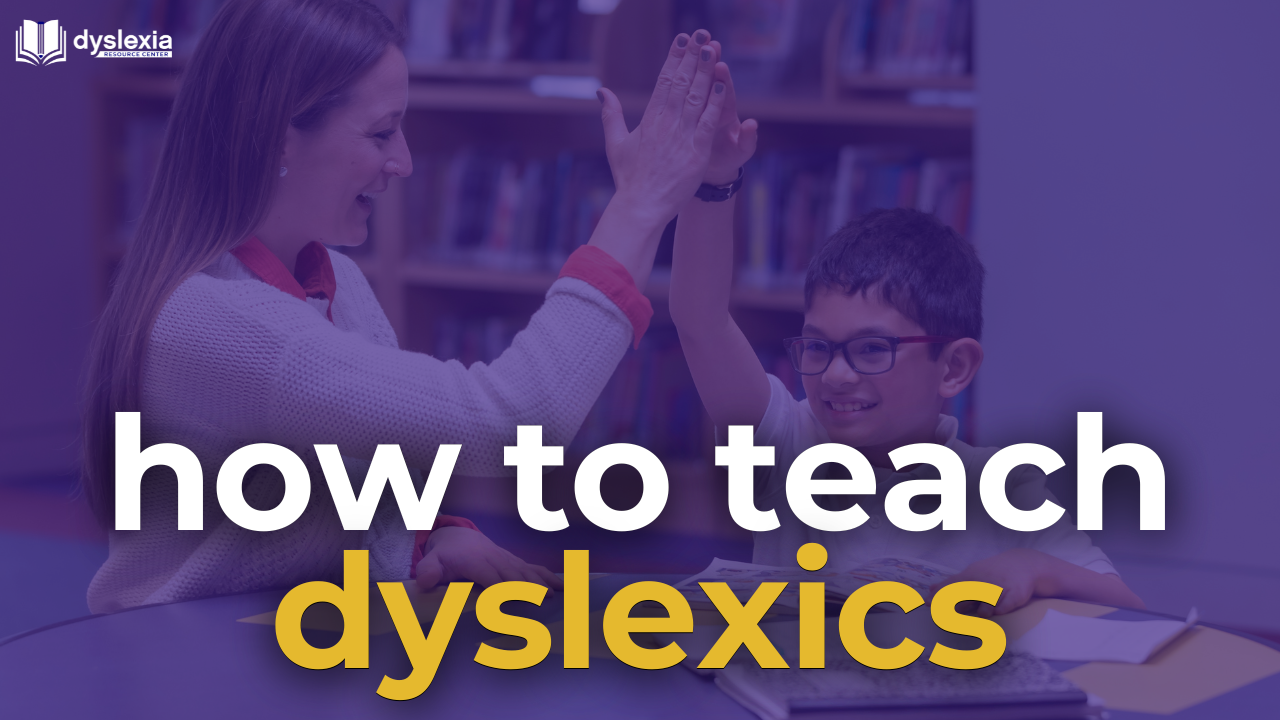Episode 22: Understanding Literacy Screeners for Dyslexia: What Parents and Teachers Need to Know
When a child struggles to read, the reason isn’t always obvious. Sometimes, even parents and teachers can’t quite pinpoint why. That’s why early literacy screeners, especially those that can identify dyslexia are so critical.
In this episode of the
Voices of Dyslexia podcast, Dr. Laura Cassidy of the Dyslexia Resource Center dives deep into how literacy screeners work, what they’re really assessing, and how parents and educators can use this information to change a child’s educational trajectory.
Why Literacy Screening Matters
Literacy screening helps us catch reading struggles early, often before a formal diagnosis of dyslexia. These assessments aren’t just about identifying gaps; they’re about giving every student the opportunity to succeed by connecting the dots between spoken language and written text.
“Sometimes the parent knows something’s off, sometimes the teacher senses it… but often, no one knows why. Screeners help uncover that ‘why.’” – Dr. Cassidy
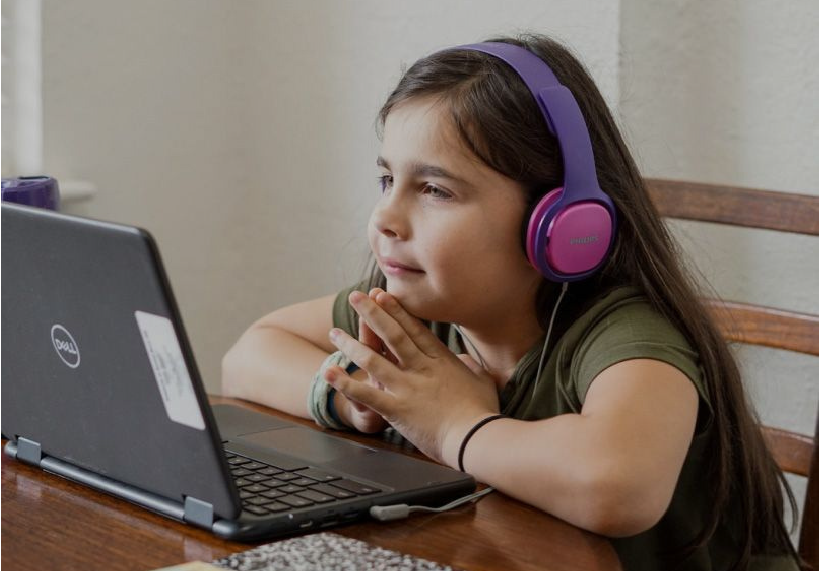
The Language Model Behind Reading
To understand why these screeners matter, we first need to understand how reading happens in the brain. According to Dr. Sally Shaywitz’s foundational work in Overcoming Dyslexia, reading is about connecting sounds with print.
At the core is phonological processing — the brain’s ability to identify and manipulate sounds. A child must:
- Hear that a word like
cat has three distinct sounds: /k/ /a/ /t/
- Recognize that letters represent those sounds
- Blend sounds back together to form real words
This process is called
mastering the alphabetic principle, and it’s crucial for learning to read.
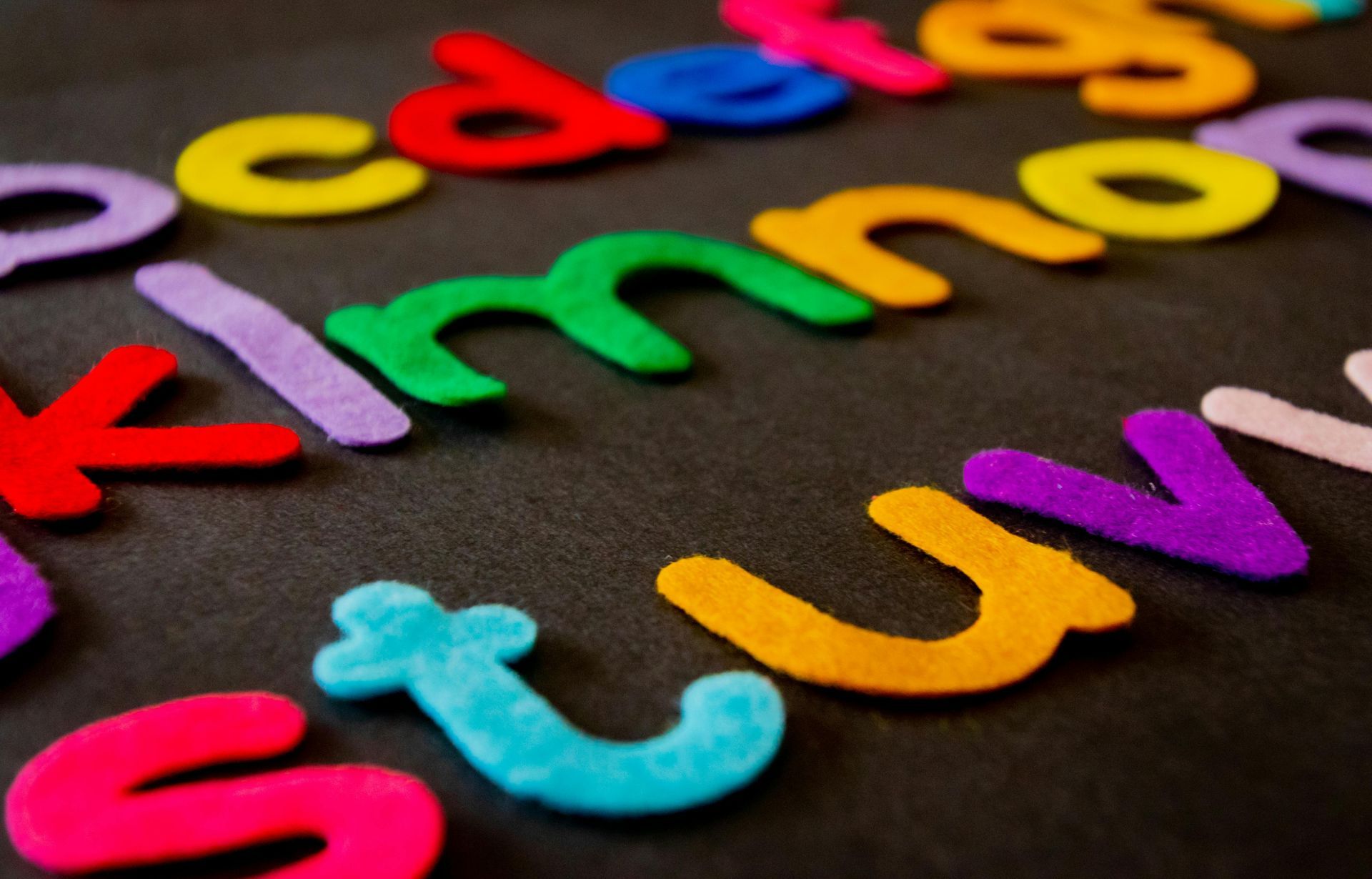
What Do Screeners Measure?
In Louisiana (and in similar forms across many states), students from kindergarten through third grade are screened three times a year, typically in:
August/September (first 30 days of school)
December
April
Each grade level has targeted skill assessments:
✅ Kindergarten
Letter Naming Fluency – Can the child identify alphabet letters?
Phonemic Segmentation – Can the child break a word into sounds?
Nonsense Word Fluency – Can the child sound out made-up words using phonics?
Word Naming Fluency
✅ First Grade
All the above, plus:
Oral Reading Fluency – How many words can the child read correctly in 60 seconds?
✅ Second & Third Grade
Nonsense & Real Word Fluency
Oral Reading
Reading Comprehension

But here’s the key point: Reading comprehension problems often stem from decoding issues. If a student can’t read fluently, they can’t comprehend.
🚩 Red Flags You Shouldn’t Ignore
Even if a child scores “benchmark” on screeners, parents and teachers should still watch for these signs:
Reads aloud with no emotion or frequent pauses
Guesses words or stumbles often
Has difficulty rhyming (even as early as preschool)
Memorizes words but can’t decode new ones
Struggles to connect letters with sounds
If your child scores below benchmark or shows any of these signs — don’t wait. A screener is not a diagnosis, but it is a warning light. The earlier you act, the better the outcome.
🧪 What Happens If a Child Is At Risk?
Dr. Cassidy emphasizes: If a child is flagged as at-risk — especially on Louisiana’s Shaywitz Dyslexia Screener, given at the end of kindergarten — there’s an 80% chance they may be dyslexic. That requires immediate attention.
At the Dyslexia Resource Center, students flagged as at-risk undergo a full battery of tests, including:
🧪 The CTOPP-2
Comprehensive Test of Phonological Processing
This standardized test evaluates:
Elision: Can the student remove parts of a word (e.g., say airplane without plane)?
Blending Words: Can they combine sounds into a word?
Phoneme Isolation: Can they identify the first, middle, or last sound in a word?
These tests dig deeper than classroom screeners and provide a full picture of the child’s phonological skills.
💡 What Should Parents and Teachers Do?
➡️ Ask for screening results — Know if your child is above, at, or below benchmark.
➡️ Listen to your child read aloud — You’ll learn a lot just from hearing them.
➡️ Don’t wait — If your child is struggling, especially in K–3, request additional testing.
➡️ Explore testing options — Through your school, or independently with us at the Dyslexia Resource Center.
➡️ Get support early — Delays can lead to widened learning gaps and lowered confidence.
“Failing third grade without knowing why won’t help. But identifying dyslexia—and addressing it early—can completely change a child’s future.”
🎯 Final Thoughts: Early Action = Lifelong Impact
Dyslexia doesn’t mean a child isn’t smart. It means their brain processes language differently — and that requires specialized instruction and support. With early screening, timely diagnosis, and the right interventions, dyslexic students can become confident, skilled readers.
If your child is struggling, don’t just hope they’ll catch up. Find out why. Visit our website to explore testing options, resources, and next steps.
📣 Share This Episode
Help us spread awareness! Share this episode with a parent, educator, or caregiver who needs this information.
